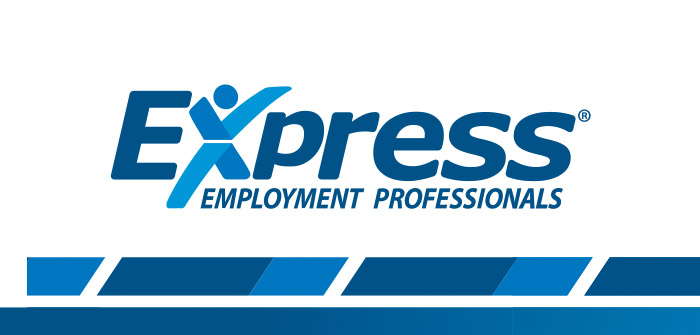Over the last two years, companies have seen a mass number of employees voluntarily quitting their jobs in an unofficial phenomenon known as “The Great Resignation.” Following the pandemic, American workers were in search of positions that offered better compensation, more happiness and flexibility. Employers who gain a deeper understanding of how to meet these demands can lead to higher satisfaction rates and an increase in workforce retention.
Identifying Retention Issues Within an Organization
Building a company’s employee retention is more than just providing short-term solutions like changing work from home policies. It’s identifying strategies that create an environment where a team is valued, challenged and respected. Everything starts from the recruiting process and hiring top-tier talent. Are you setting clear expectations and responsibilities of open positions? Are you offering fair compensation rates? Once an employee joins your organization, communication goes a long way from the training process to frequent conversations between managers and workers. Does your company offer training periods? Have managers been checking in on employees and receiving feedback on a regular basis? Once a company is able to adjust its business practices, continue these habits until you see a consistent retention rate.
Differentiating Good vs. Bad Resignations
Contrary to what some might believe, not all resignations are bad. Sometimes employees are seeking career changes in a new field or industry, shifting to a position that aligns with their career goals, or even returning to school to get a new degree. However, resignations that reflect poor workplace culture, toxic management and lack of advancement are signs that there needs to be an evaluation of business practices. While the company leadership team may not always get a reason when someone resigns, it’s important to take it into consideration if it is presented. The reasons an employee presents can be extremely helpful in adjusting workforce practices and implementing improvements for the rest of the staff.
Strategies to Improve Retention Rates
Now, it’s time to build and develop a plan to retain your current and future team members. As mentioned, retention truly starts at the recruiting and hiring phase. Invest reasonable time and effort into the process to find employees who can have long-term impacts on the company. Streamline hiring systems and develop an effective interview plan.
Training and development set the foundation for any job and refreshes current employees. Without it, employees can feel unprepared or unsure of their performance and they may feel inclined to pursue other opportunities. Communicate with your company’s training team to create a program that determines how frequent training sessions occur, what training format works best for the team and what are the specific goals that each training will accomplish.
Most employees spend around 40 hours a week working with one another, including those working remotely, so creating a work culture that is built on mutual respect, transparency and clear communication is crucial. Being clear on expectations and assigning responsibilities directly can help avoid confusion amongst employees. Open lines of communication can help those who may feel confused and give employees opportunities to voice their concerns to executives.
Retention is not a quick fix but instead, a commitment to making long-term changes to meet the needs of employees and management to promote the overall success of an organization. Figure out where there are problems and build a plan to tackle those challenges. Each organization is different so tailor your strategies to what works best for your company. Employees are the heart and soul of organizations so invest as much time and efforts into them as you would the business itself.




